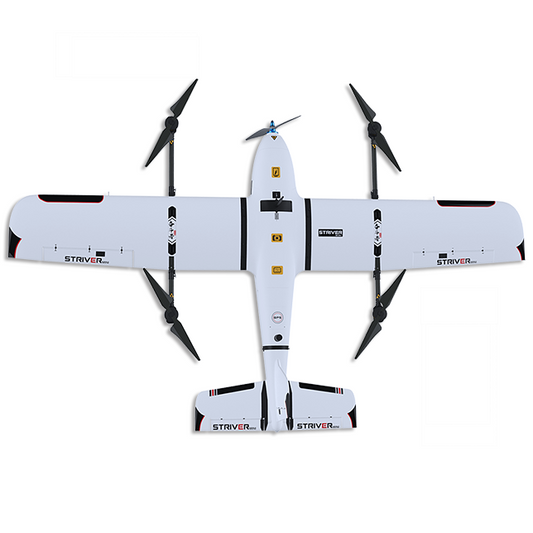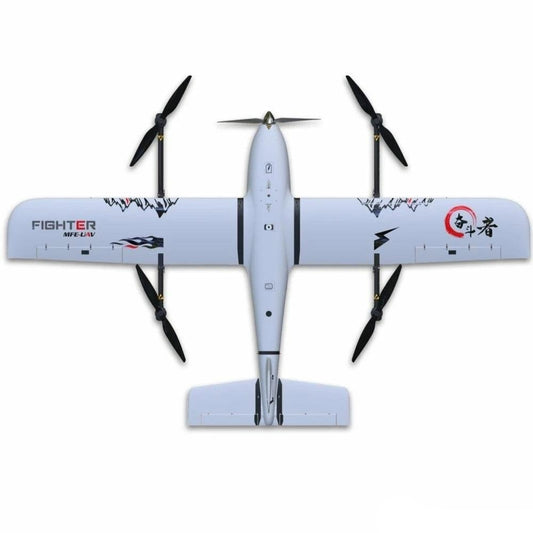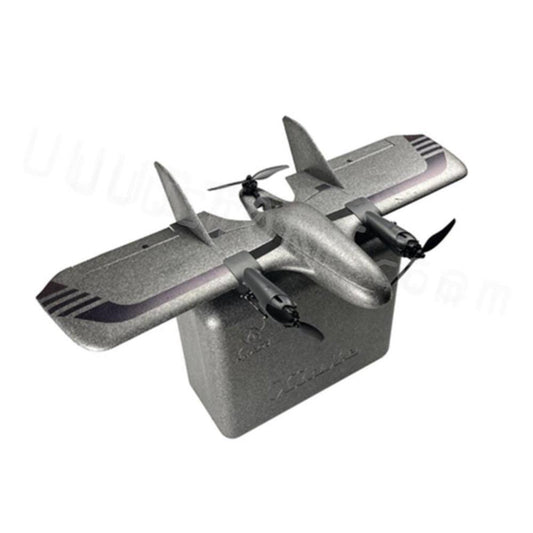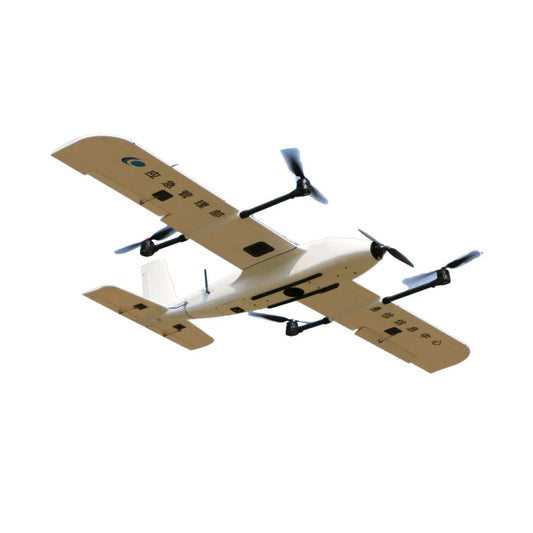Related Collections
-
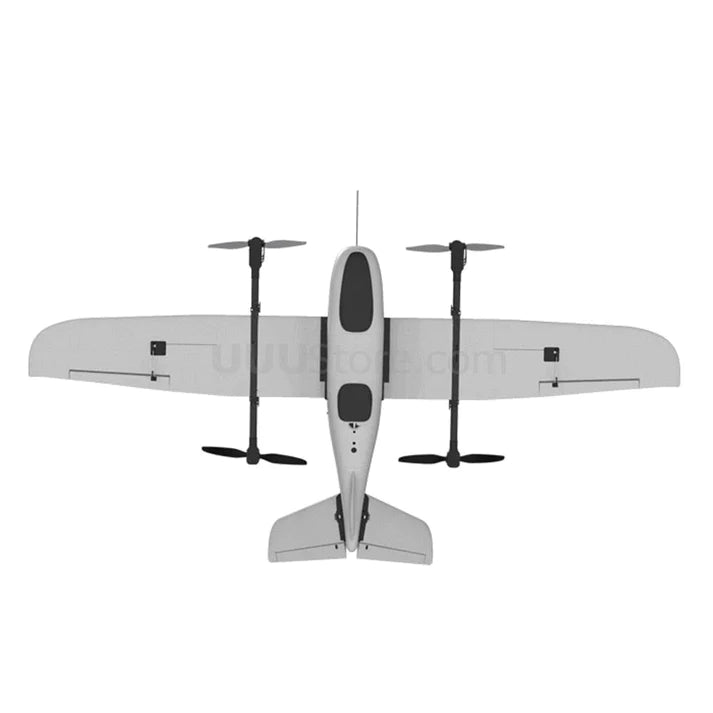
Makeflyeasy RC Plane
Makeflyeasy RC Plane In January 2015, five members from Southwest University of...
-
OMPHOBBY ZMO V2 Tilt-Rotor VTOL FPV Drone Aircraft – 150km/h Speed, 15km+ Range, 1080p/60fps Transmission
Regular price From $99.00 USDRegular priceUnit price per -
OMPHOBBY ZMO PRO VTOL FPV Aircraft - 60 Minutes 60KM Range ArduPilot GPS UAV Drone
Regular price From $1,379.00 USDRegular priceUnit price per -
Foxtech Loong 2160 VTOL Airplane Drone
Regular price From $2,899.00 USDRegular priceUnit price per -
Makeflyeasy Striver mini (VTOL Version) - 127KM Range 112 Minutes 1KG Payload 2100mm Wingspan Aerial Survey Carrier Fix-wing UAV Aircraft Drone Mapping VTOL
Regular price From $772.39 USDRegular priceUnit price per -
OMPHOBBY ZMO VTOL RC AirPlane - HD Transmission One Key Return 60mins Flight Time For DJI Goggles and Remote Control Fixed Wing Aircraft RC Plane
Regular price From $1,285.67 USDRegular priceUnit price per -
Makeflyeasy Fighter VTOL - 1.5KG Payload 150KM Range 2430mm Wingspan MFE Fighter VTOL Compound Wing EPO VTOL Aerial Survey Fix-wing AirCraft Drone RC AirplaneKIT
Regular price From $969.00 USDRegular priceUnit price per -
Makeflyeasy HERO VTOL - 1KG Payload 144km Range 136min 2180mm Wingspan Fix Wing Aircraft Airplane Drone for Inspection Surveying Mapping Monitoring
Regular price From $829.00 USDRegular priceUnit price per -
HEQ Black Knight GP7 VTOL Aircraft
Regular price $1,499.00 USDRegular priceUnit price per -
Jumper Xiake800 VTOL - Fixed Wing Y3 Vertical Takeoff 800mm Wingspan FPV Aircraft Long Flight Airplanes Carrier RC Model
Regular price From $339.04 USDRegular priceUnit price per -
NIMBUS GH1600 VTOL Drone
Regular price From $699.00 USDRegular priceUnit price per -
RCDrone A1 VTOL Drone - 2130mm Winspan 1.2KG Payload 60KM Range
Regular price From $1,499.00 USDRegular priceUnit price per -
Foxtech AYK-350 VTOL
Regular price From $14,999.00 USDRegular priceUnit price per -
Foxtech Loong 170 VTOL - 15KM 2KG Payload 100 Minutes 1700mm Wingspan Airplane
Regular price From $2,299.00 USDRegular priceUnit price per -
HEQ Swan-K1 Trio 640 Fixed-wing Aircraft VTOL With 3-in-1 Camera Gimbal 640x512 Infrared Camera 600M LRF 12MP Camera
Regular price $7,999.00 USDRegular priceUnit price per -
HEQ Swan-K1 Mapping VTOL Aircraft With 24MP Camera for Mapping and Surveying
Regular price $6,599.00 USDRegular priceUnit price per -
HEQ Swan K1 Voyager VTOL - 3-Axis 4K Video Camera 40KM Range 60 Minutes Fixed-wing Aircraft
Regular price From $1,799.00 USDRegular priceUnit price per -
HEQ Swan-K1 PRO Fixed-wing Aircraft - 0.5KG Payload 60 Minutes 40KM Range VTOL Airplane Drone
Regular price From $499.00 USDRegular priceUnit price per -
SkyWalker VT265 VTOL - 2650mm Wingspan 2.5KG Payload 260KM Cruising Range 210 Minutes UAV Fixed Wing Airplane Drone
Regular price From $2,665.00 USDRegular priceUnit price per







